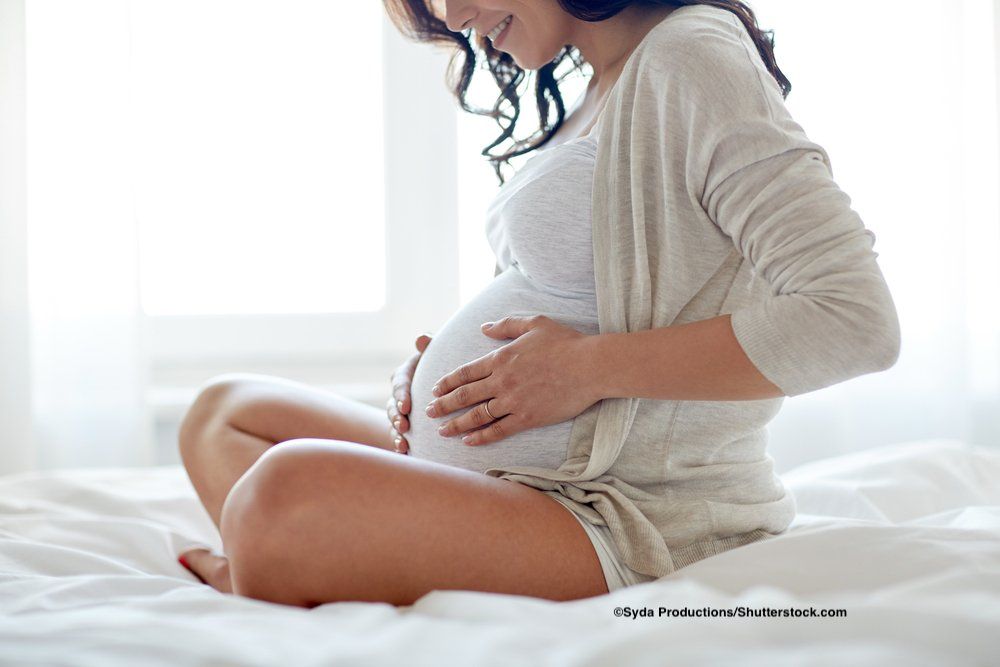Article
Refraction remains stable post-LASIK in female patients after pregnancy
Author(s):

Despite other ocular changes that can occur in pregnant women, post-LASIK refraction appears to remain stable.
Post-LASIK refraction does not appear to be altered after pregnancy, according to the results from a small study. The research was led by Ioanna Kontari, MD, LaserVision.gr, Athens, Greece, and highlights were presented recently by John Kanellopoulos, MD, New York University Medical School, NY, and LaserVision.gr.
Previous research has correlated pregnancy with physiologic and pathologic modifications of pre-existing ocular conditions, such as dry eye syndrome, an IOP drop, decreased corneal sensitivity, increased corneal thickness, and possible changes in refractive status and contact lens intolerance, according to Dr. Kontari’s research.
“Most [changes] are transient and become significant in the third and final trimester of pregnancy,” Dr. Kanellopoulos said. “All are possibly related to hormonal changes during pregnancy.”
Reviewing the data
With the idea the pregnancy could also exacerbate ectasia and refractive status, Dr. Kontari reviewed a large database at her practice and identified 32 eyes from 61 female patients who had LASIK for bilateral myopia and/or astigmatism correction and continued follow through after their pregnancy.
Age, pregnancy date after LASIK, manifest refraction, keratometry, and epithelial profiles by optical coherence tomography were all reviewed. The main patient age was 28, and the mean number of months post-LASIK was 55, although there was a broad range of 12 to 108 months, Dr. Kanellopoulos noted.
The mean spherical refraction before LASIK was –6 D. After LASIK and after pregnancy, the mean uncorrected distance visual acuity was 20/18, and the mean spherical equivalent was –0.62 D. “There was nothing in this group that different from a routine LASIK or [small incision lenticule extraction] practice,” he said.
The research showed spherical refractive value changed significantly with laser vision correction but remained relatively stable after that time, despite some corneal curvature variations that particularly occurred in the third trimester (Figure 1). There was some correlation with epithelial remodeling that occurred during pregnancy (Figure 2).
Study outcomes
“Refractive error changes have been attributed to pregnancy previously,” Dr. Kanellopoulos said. “This study revealed that pregnancy does not appear to affect long-term post-LASIK refractive stability. No significant changes were noted in pregnancy compared to prior in any of the studies.” This is an area with few studies available, and larger studies may confirm results, he added.
Disclosures:
John Kanellopoulos, MD E: ajkmd@mac.com
This article was adapted from Dr. Kanellopoulos’ presentation at the 2017 meeting of the American Academy of Ophthalmology. Dr. Kanellopoulos is a consultant for Alcon Laboratories, Allergan, Avedro, and other ophthalmic companies.
Ionna Kontari, MDE: jkontari@laservision.gr
Dr. Kontari has no relevant financial disclosures
Newsletter
Don’t miss out—get Ophthalmology Times updates on the latest clinical advancements and expert interviews, straight to your inbox.





